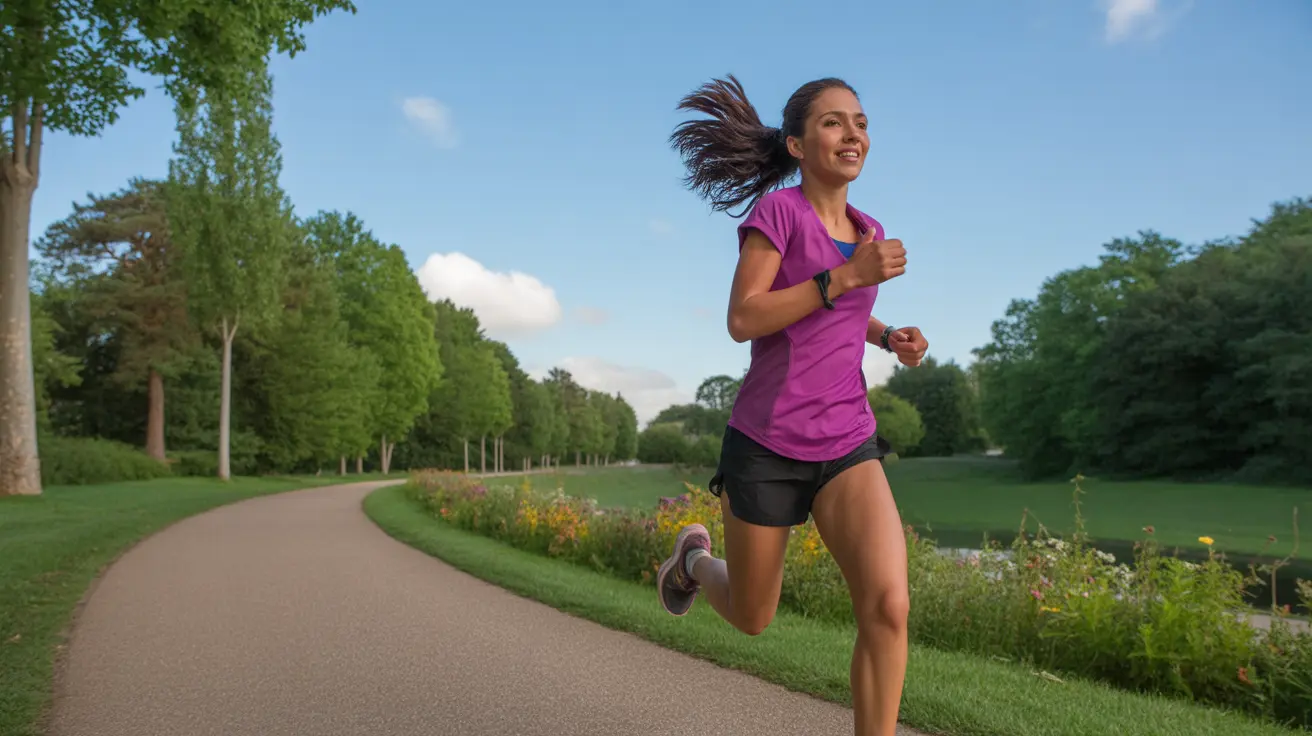Running is an excellent form of exercise, but many athletes and fitness enthusiasts worry about its impact on their knees. Understanding how to protect your knees when running is crucial for maintaining long-term joint health and enjoying this beneficial activity without unnecessary risk.
Whether you're a seasoned runner or just starting your fitness journey, implementing proper techniques and preventive measures can significantly reduce the stress on your knee joints. This comprehensive guide will help you develop safer running habits and strengthen your knees for optimal performance.
Proper Running Form for Knee Protection
The way you run directly affects the amount of stress placed on your knees. Maintaining proper form is essential for preventing injury and reducing joint strain.
Key Elements of Proper Running Form
To minimize knee stress while running, focus on these fundamental form techniques:
- Land mid-foot rather than heel-first
- Keep your stride length moderate
- Maintain an upright posture with slightly forward lean
- Look ahead rather than down at your feet
- Keep your arms relaxed and at roughly 90 degrees
Essential Strength Training for Runner's Knees
Building strength in the muscles that support your knees is crucial for injury prevention. A well-rounded strength training program can significantly improve knee stability and reduce injury risk.
Key Exercises for Knee Support
Include these exercises in your routine 2-3 times per week:
- Squats and lunges for quad strength
- Hamstring curls and bridges
- Calf raises for lower leg stability
- Hip abductor exercises
- Core strengthening movements
Proper Equipment and Surface Considerations
The right equipment and running surface can make a significant difference in protecting your knees. Ensure you're setting yourself up for success with these essential factors:
Choosing the Right Shoes
Select running shoes that:
- Provide appropriate cushioning for your running style
- Fit properly with adequate toe room
- Support your specific foot type
- Are replaced every 400-500 miles
Selecting Running Surfaces
Different surfaces impact your knees differently. Consider running on:
- Grass or dirt trails for natural cushioning
- Track surfaces for consistent support
- Alternate between surfaces to vary impact
- Avoid concrete when possible
Recovery and Injury Prevention
Proper recovery is essential for maintaining healthy knees. Implement these recovery strategies:
- Regular stretching after runs
- Ice therapy when needed
- Rest days between intense running sessions
- Gradual increase in mileage (10% rule)
- Cross-training activities
Frequently Asked Questions
How can I protect my knees from injury while running?
Protect your knees by maintaining proper form, wearing appropriate footwear, gradually increasing mileage, and incorporating strength training. Regular stretching and adequate rest between runs are also essential for injury prevention.
What is the best running form to reduce knee pain and stress?
The best running form includes landing mid-foot, maintaining a moderate stride length, keeping an upright posture, and ensuring your knees track over your toes. Avoid overstriding and maintain a slight forward lean from the ankles.
Which strength exercises help stabilize and support knees for runners?
Key exercises include squats, lunges, hamstring curls, calf raises, and hip abductor exercises. Core strengthening exercises also play a crucial role in overall running stability and knee protection.
How does running affect the risk of developing knee osteoarthritis?
Research suggests that moderate running doesn't increase the risk of knee osteoarthritis and may actually help strengthen joints. However, proper form, appropriate training progression, and adequate recovery are essential to prevent joint stress.
What are the signs of overtraining or knee problems I should watch for when running?
Watch for persistent pain that worsens during or after running, swelling around the knee joint, clicking or popping sounds, and pain that affects your normal gait. If you experience these symptoms, reduce training intensity and consult a healthcare professional.




